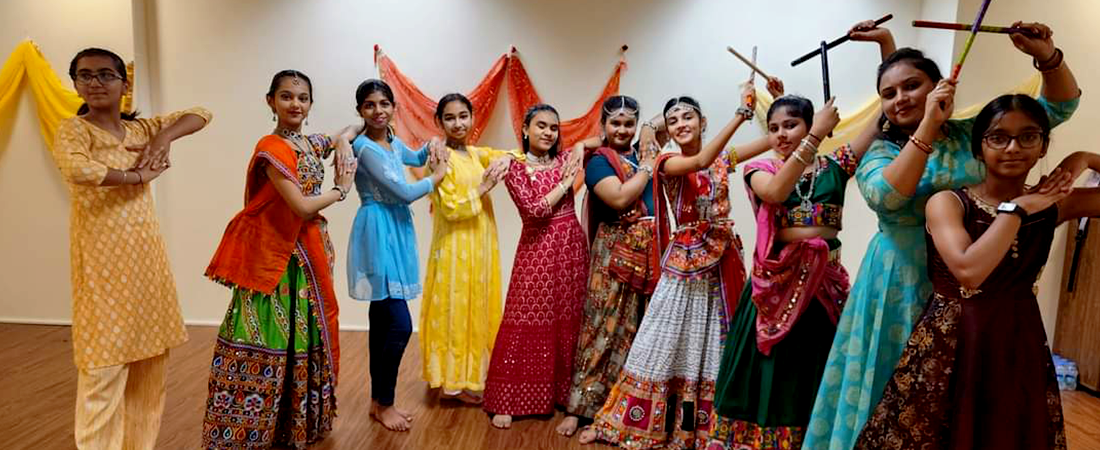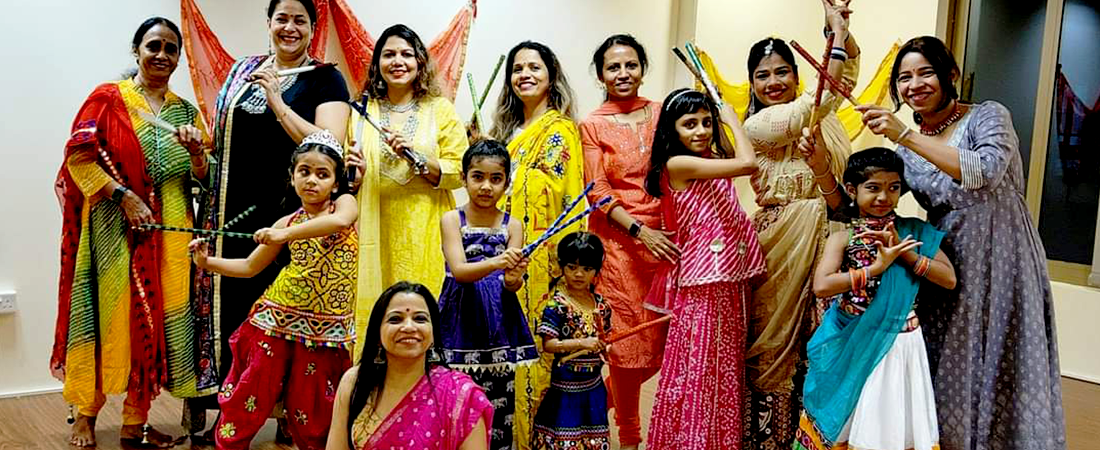Spinning Traditions, Weaving Joyful Rhythms.

The lively Indian state of Gujarat is the birthplace of the traditional folk dance known as garba, which is a celebration of joy, community, and culture. Festivals are not complete without this vivacious and exuberant dance, particularly during Navaratri, the Hindu festival honoring the goddess Durga.
Participants in garba move rhythmically in concentric patterns, producing a captivating kaleidoscope of color and movement that is characteristic of the dance. The performance is made more lively and festive by the dancers, who are dressed in colorful traditional clothing and frequently accessorized with colorful accessories.

The dance itself is a happy demonstration of love and camaraderie. The circular motions of garba, which frequently starts with a prayer to the goddess Durga, represent the cycles of life, creation, and the everlasting energy that keeps the universe going. The dancers' energy increases in tandem with the tempo of the beats, resulting in a joyful and cohesive atmosphere.
Taking part in Garba is a cultural experience that promotes a sense of togetherness and belonging rather than merely being a physical activity. During the holiday season, people of all ages, walks of life, and skill levels get together to experience the contagious energy of Garba. The dance attracts followers and participants from all over the world, despite cultural barriers.